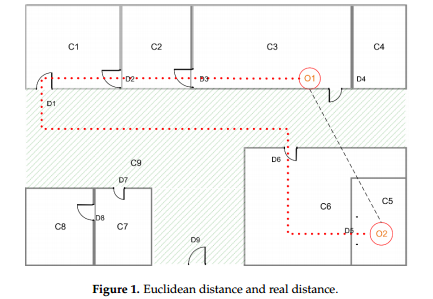If you are thinking about using beacons for hospitality/events then you might like to take a look at Mr Beacon’s latest video interview with Kyle Wright from The Shubert Organization. They are the largest theatre owner on Broadway and have beacons covering their theatres and 80% of Times Square.
Their beacons require apps and they have been experimenting with partnering with 3rd party apps from travel, airline and credit card companies as well as having their own app. Initially, their own app was a challenge because few people had spare time to download when they arrive at a theatre. However, covering such a large number of venues and Time Square, with the large footfall, has made it easier to get their beacon detection into the 3rd party apps.
This is an interesting insight in that, if you control a compelling destination, you don’t necessarily need your own app but might have the clout to piggy back another organisation’s app that’s more likely to be on peoples’ phones.
